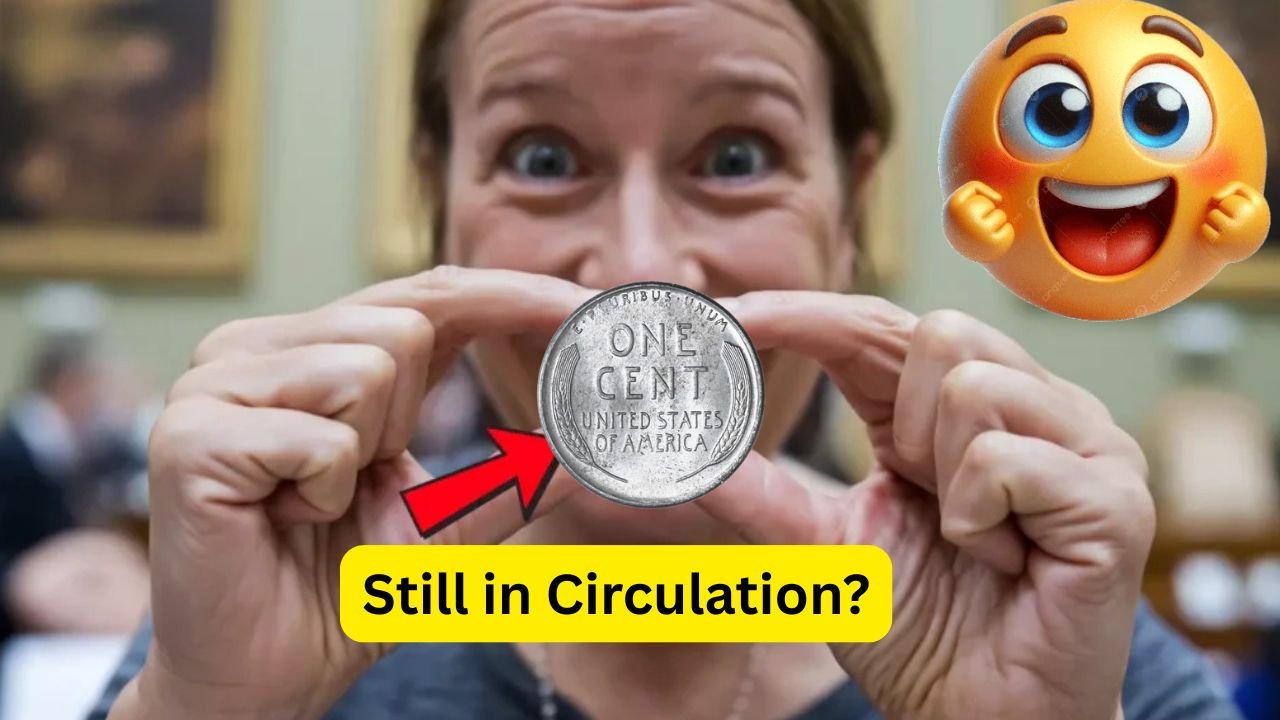Retired Postal Worker Discovers Rare 1943 Steel Penny in Grandfather’s Tackle Box: It was just an ordinary afternoon for John Matthews, a retired postal worker from Ohio, who decided to go through his late grandfather’s old tackle box. What he found inside would soon surprise coin collectors and history lovers alike—a rare 1943 steel penny. John never expected a small coin to create such excitement, but this discovery proved to be more than just a lucky find.
The Tackle Box with a Hidden Treasure
The tackle box had been sitting in John’s garage for over twenty years. It was filled with old fishing gear, rusty hooks, and tiny compartments stuffed with odds and ends. While cleaning it out, John noticed a small, shiny coin stuck between two compartments. It looked different from any regular penny he had ever seen. At first, he thought it was just an old piece of metal, but something about its silver color made him curious.
A Coin from a Unique Chapter in History
The 1943 steel penny is not your typical coin. During World War II, copper was needed for military equipment like bullets and wiring, so the U.S. Mint decided to make pennies out of steel coated with zinc. These coins were only made for one year, making them quite rare today—especially in good condition. Most people never notice them, and many were thrown away or rusted over time.
What Makes This Find So Special?
The coin John found was in surprisingly good condition. It had barely any rust, the dates were clearly visible, and the edges weren’t worn out. Experts believe that because it was kept in the tackle box away from moisture and handled very little, the coin stayed well-preserved. It’s rare to find a 1943 steel penny like this outside of collections or auctions. Some of these coins, depending on their quality, can be worth hundreds or even thousands of dollars.
Experts Weigh In on the Value
After the discovery, John contacted a local coin dealer who confirmed the coin’s authenticity. Later, a numismatic expert (someone who studies and collects coins) inspected it further and noted that it was a rare type in excellent condition. While John hasn’t decided whether to sell the coin or keep it as a family treasure, he’s amazed that such a small object can hold so much history and value.
How the Coin Stayed Hidden for So Long
It’s likely that John’s grandfather, who loved fishing and collecting small items, kept the penny for its unusual look. Maybe he found it years ago and tossed it into the box, never realizing its future importance. The tackle box had remained untouched for decades, quietly protecting the coin from damage. This also shows how valuable everyday objects from the past can become over time.
A Lesson in Family Heirlooms and Hidden History
John’s story reminds us that some of the most unexpected treasures can come from within our own homes. Old family boxes, jars of coins, and forgotten drawers might hold something valuable or historic. Even if an item looks ordinary, it could have a unique backstory or link to history. Sometimes, all it takes is a little curiosity to uncover something truly special.
Table: Quick Facts About the 1943 Steel Penny
| Feature | Details |
|---|---|
| Year Made | 1943 |
| Material | Steel coated with zinc |
| Reason for Steel Use | Copper was needed for World War II |
| Color | Silver-gray |
| Estimated Value Range | $0.10 to $10,000+ depending on condition |
| Rarity | Uncommon, especially in mint condition |
| Made by | U.S. Mint |
FAQs
What is a 1943 steel penny?
It’s a U.S. one-cent coin made during World War II using steel instead of copper to save materials for the war effort.
Is the 1943 steel penny valuable?
Yes, some of these coins can be worth a lot depending on their condition and if they have unique features or errors.
How can I tell if I have a real one?
Check the date (1943), the silver color, and if a magnet sticks to it—steel is magnetic.
Should I clean an old coin I find?
No. Cleaning may lower its value. It’s best to show it to an expert first.
Can these coins still be used today?
They’re no longer used for spending, but they are legal tender. Most people keep them as collectibles.




